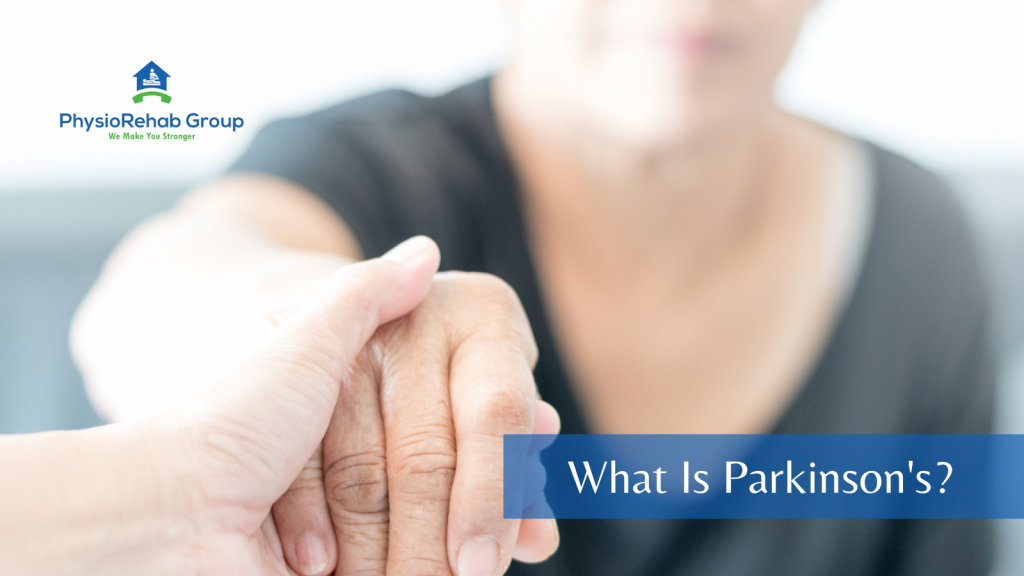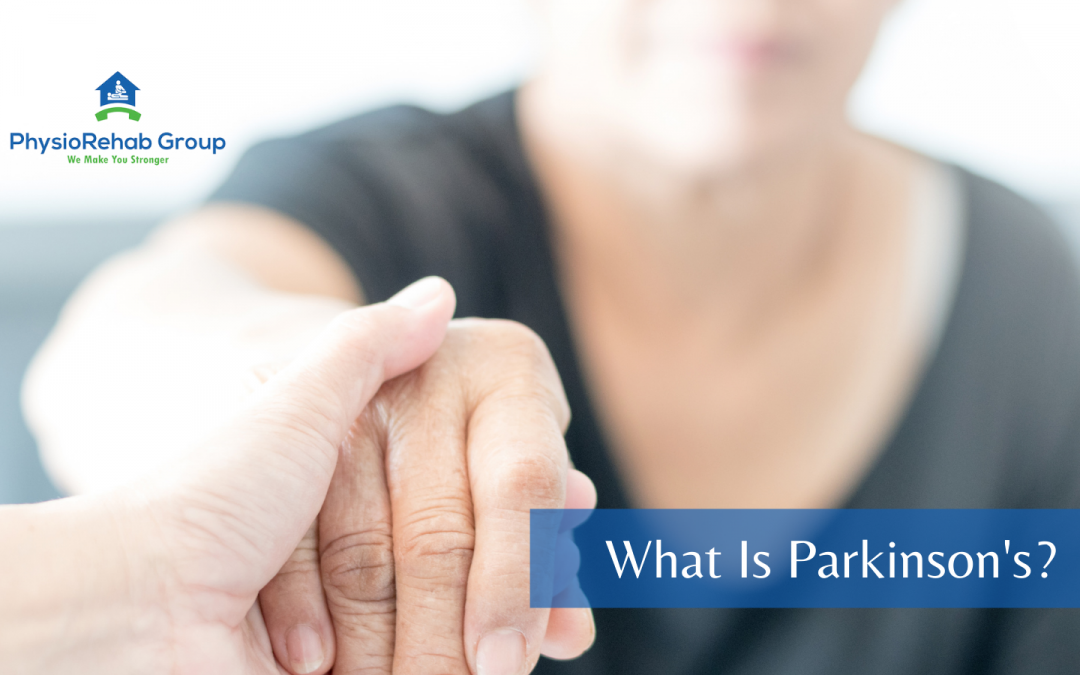
A collection of the movement abnormalities such as tremor, slow movement, impaired speech and/or muscle stiffness as a consequence from the loss of dopamine-containing nerve cells (neurons) is called Parkinsonism.
Causes of Parkinsonism
Parkinson’s disease is caused by depletion of a chemical called dopamine resulting from loss of nerve cells in the brain. Dopamine acts as a messenger between the parts of the brain and nervous system that help control and coordinate body movements.
Common issues associated with Parkinson’s
Some of the,common issues associated with Parkinson’s which can be improved through Physiotherapy include:
- Balance
- Posture
- Walking
- Range of motion
- Muscle weakness
- Abnormal movement patterns
- High risk of falls
How can Physiotherapy Improve Parkinson’s?
Physiotherapy is one of the multidisciplinary approaches taken to manage Parkinson’s disease symptoms. Patients can benefit from two areas of Physiotherapy – exercises to build and retain muscle strength, and conditioning to lessen difficulties with movement and to target problem areas like stiffness in the hands and legs, tremors, and balance.
After a thorough evaluation of evident disease symptoms, the doctor will refer the patient to a Physiotherapist.
A Physiotherapist with experience in Parkinson’s disease will review the symptoms and plan an exercise program tailored to the patient’s abilities and disease status.
Starting Physiotherapy early can help to slow Parkinson’s progression and symptom severity. Physiotherapy has been proven to help people with Parkinson’s maintain their quality of life, increase range of motion, improve mobility, and maintain their independence.
Types of Physiotherapy
The Physiotherapist can adjust the type of exercise and its routine depending upon the symptoms.
Balance issues: A Physiotherapist can improve posture and balance of patients. Learning how to walk correctly can be challenging, and the patient should be constantly monitored during training.
Reciprocal patterns: Repetitive movements, such as arm swings while walking -also called reciprocal patterns, can be improved. Large rhythmic movements of the arm and the leg can help build muscle memory and counteract the progression of symptoms.
Muscle weakness: People with Parkinson’s experience muscle weakness at a faster than normal rate. A Physiotherapist depending on the degree of disease progression, may recommend exercises with resistance bands or light weights to improve muscle strength.
Muscles stiffness: A common symptom in Parkinson’s disease, muscle stiffness can be painful, and sudden stiffness can be a cause of frequent falls. Stretching at regular intervals throughout the day can help lessen muscle rigidity. Using hot packs may be recommended to relieve stiffness, but they must be used with caution.
Home Physio for Parkinson’s
There are many basic exercises in Parkinson’s that you can do at home to help increase your activity level, and address some of the specific issues you may be dealing with. Your Physiotherapist will tell you which exercises to do as per your symptoms and conditions and which one best suits you.
Walking: Walk heel to toe in a straight line.
Walk sideways: Walk on a treadmill to force yourself to keep a faster pace.
Balance, Posture, Flexibility, and strength: Balance on one leg while supporting yourself when necessary on a wall, or piece of furniture.
Raise your arms and stretch back over a chair: Sit upright and twist your torso left and right
Speak to a professional Physiotherapist if you are seeing any symptoms of Parkinson’s. Our Physiotherapists have experience successfully treating patients with Parkinson’s. We are serving in Brampton and Bolton. Click below to consult now.


Recent Comments